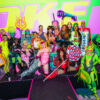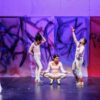





Selma Selman
The 600 Years of Migrating Mothers / Part 1
Entry free for the performance on Sat-06.04. / All other days: entry to the installation with the ticket for Adnan Softić / Nina Softić: Witnesses of Non.Existence
Past dates
4/6/24
6:00 PM
4/7/24
4:00 PM
4/9/24
6:00 PM
4/10/24
6:00 PM
In her latest production, Selma Selman, her father, her cousin and her brother dismantle the drum of a milk lorry into two parts. One part represents the East, the other the West. Using the two parts, she develops a network of stories, images, installations and inscriptions about East and West: about migration, labour and scrap metal, about high-tech, AI and future scenarios. An opera singer and a musician accompany the performance and transform the action into an opera in honour of the migration of mothers. Selma Selman consciously describes herself as an artist from a Rom*nja background – not a Romni artist – and draws inspiration from a spectrum of personal and family narratives, as well as collective identity and culture. Her work, which revolves around desire and self-determination, explores the boundaries of identity, value creation, law and representation that are imposed on her, her family and her social environment. Selman describes herself as a transformer: she takes situations, images and actions from harsh reality and transforms them into art. Her works point to a future space that applies the everyday practice of recycling as a sustainable perspective for Europe.




